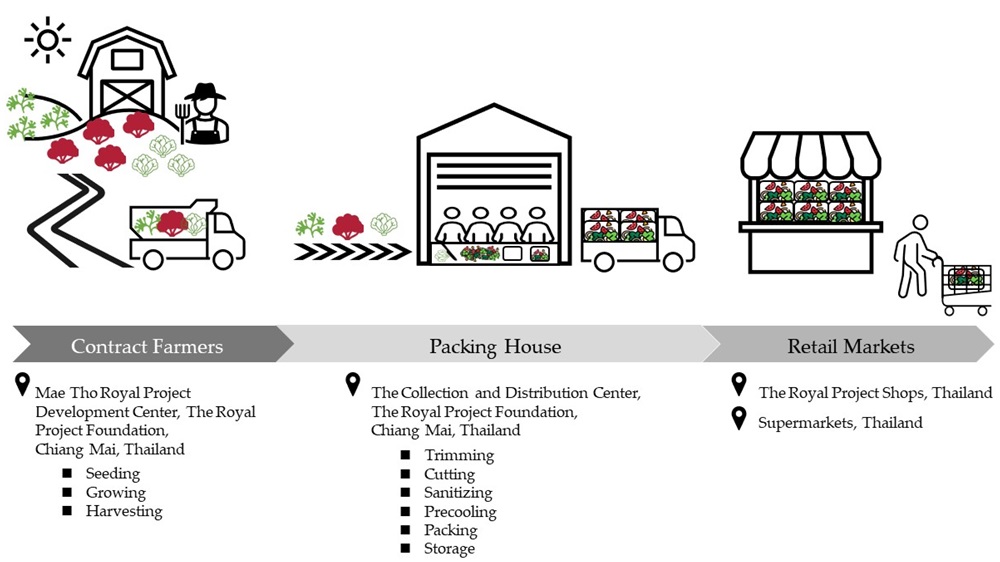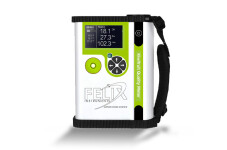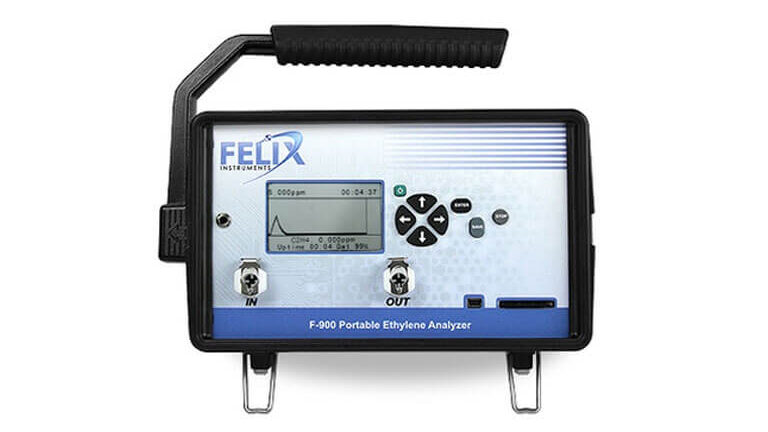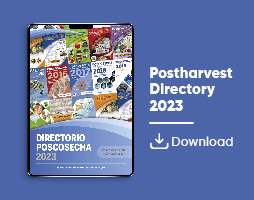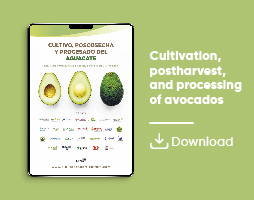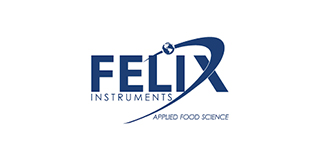

Felix Instruments
Measurements
Enhancing Avocado Quality: Insights and Techniques
Avocado research in 2023 focused on quality improvement and postharvest loss reduction, addressing farm management, packaging, storage, and analysis

In 2023, research on avocado quality covered a wide range of topics, from the effects of farm management, packaging, and storage conditions to analysis statistics. Five representative papers were chosen since covering all the avocado research published in 2023 was impossible. The primary trend is to reduce postharvest losses through various strategies. Below are the highlights of each study and their application to the avocado industry.
Factors Affecting Storage Temperature for Avocados
Ukraine gets avocados from several countries. For optimum storage, the UNECE standard FFV-42 recommends a common relative humidity of 90% but advises temperature adjustment based on varieties and ripeness.
Table 1: “Physico-chemical indicators of the quality of the studied avocado samples,” Belinska et al. 2023. (Credits: doi.org/10.5219/1850)

Research Findings
Since avocados from different countries have varying quality, Belinska et al. 2023 decided to establish the properties first and then suggest storage temperatures. They found that avocado varieties from Columbia (Haas) and Israel (Haas and Fuerte) had different shapes, sizes, colors, fruit peel, and pulp-to-seed ratios. The primary unsaturated fatty acids were palmitic, palmitoleic, oleic (omega-9), and linoleic.
Storage at 3-5 °C in a refrigerator and room temperatures of 15-18 °C for 14 days showed that shelf life was influenced by fruit moisture and storage conditions. A hike of 12 °C in room conditions increased moisture loss by 378%. Each of the three fruit types responded differently, and there was a difference in Haas from the two countries.
Applications
The scientists recommended considering the country of origin, in addition to variety, to fix the temperature for optimum avocado quality after storage.
Multivariate Approach to Predict Avocado Fruit Quality
Severe Hass avocado losses occur as fruit quality differs by origin, production practices, and seasons. The resultant ripening heterogeneity is a logistic challenge for marketers, leading to inconsistent quality delivery and rejection.
Univariate approaches can’t cover all factors influencing avocado quality and internal disorders.

Figure 1: “Principal component analysis (PCA) results of the mineral and FAME contents grouped by the samples: (a) Score plot; (b) Loading plots. Blue dots: active variables. Orchards: EB, N, and R. A: Nutrient management based on the Balanced Indices of Kenworthy (BIK). P: Nutrient management of the farmer. 1. Harvest from the intermediate flowering period. 2. Harvest from the main flowering period. Sat/Un (saturated and unsaturated relationship); C14:0 (myristic acid); C16:0 (palmitic acid), C16:1 (palmitoleic acid), C18:0 (stearic acid); C18:1 (oleic acid), C18:2 (linoleic acid), C18:3 (linolenic acid). C20:1 (arachidic acid), O:I (oleic and linoleic fatty acids relationship),” Rodríguez et al. 2023. ( Image credits: https://doi.org/10.3390/horticulturae9040460)
Research Findings
Rodrígueze et al. 2023, wanted to find quality markers that can predict ripening patterns, pulp composition, internal disorders, and sensory quality in multivariate models.
They tested the quality parameters of avocados from different elevations, growth conditions, nutrient management, and harvest dates. The quality parameters tested were dry matter, oil content, minerals, fatty acids, internal disorders, and sensory attributes.
All the multivariate models- logistics, partial least squares discriminant analysis (PLS-DA), and principal component analysis (PCA) – effectively represented avocado composition, ripening patterns, and sensory attributes. PCA could classify fruit quality, irrespective of origin, nutrient management, and seasons.
- Nutrient management increased fruit sizes and yields.
- The temperature difference between localities influenced fatty acid content and internal quality. In lower temperatures, fruits had more oleic acid, and in higher temperatures, more palmitic, stearic fatty, and palmitoleic acids and more internal disorders.
- Dry matter variability was high and related to fruit age at harvest.
- Ripening heterogeneity was more in low-elevation orchards, where fruit is harvested early.
- High mineral content in pulp delayed ripening.
- Fruits harvested later ripened faster and had fewer internal disorders.
- Fruit age and flesh composition impacted texture and taste.
Fatty acid and pulp mineral content were identified as the predictive quality markers.
Applications
Countries with varying growing and production conditions can use destructive and non-destructive multivariate analysis to identify fruits of similar quality to reduce heterogeneity and improve internal quality to international markets.
Edible Coatings for Avocado Shelf-life Extension
Avocados have a short shelf life, which is a problem for the supply chain and causes food loss.

Figure 2: “Fig. 2. Visual internal (A) appearance (during 10 days of storage) and external (B) appearance (after 10 days of storage) of untreated avocado (C), avocado coated with alginate (10 g/L) (AC), avocado samples immersed in 4-Hexylresorcinol (250 and 500 mg/L) and sodium metabisulphite (1250 and 2500 mg/L) solutions without alginate (HR250, HR500, S1250 and S2500) or with 10 g/L alginate (AHR250, AHR500, AS1250 and AS2500),” Hebishy, & Tas, 2023. ( Image credits: https://doi.org/10.1016/j.afres.2023.100289).
Research Findings
Hebishy & Tas, 2023 wanted to develop an active packaging to prolong avocado shelf-life. They prepared one coating with three ingredients-
- Sodium alginate films (10 g/L) are semipermeable barriers to oxygen and carbon dioxide and reduce respiration and ethylene production.
- Additive sodium metabisulphite (1250 and 2500 mg/L), which has antioxidant and antimicrobial properties, prevents browning.
- Additive 4-hexylresorcinol (250 and 500 mg/L), an antioxidant, prevents browning.
The second coating had only the additives. Alginate-based coatings with additives performed better:
- Alginate-coated avocados showed less weight loss and lower total soluble sugars and pH increase during storage for 1 to 10 days.
- There were fewer differences in color between the two treatments, though alginate + additives had a better external and internal appearance.
- Firmness remained the same regardless of coating type.
- Both coatings and additives reduced microbial growth and count compared to untreated fruits.
Applications
Semipermeable alginate coatings with additives can be used as active packaging, but studies are necessary to determine if any additive residue remains on the fruits.
Non-Destructive Quality Estimation
Recent research again highlights the importance of harvesting avocados with the optimum dry matter content and age to ensure good ripening and fewer internal disorders. Scientists and growers can use the F-751 Avocado Quality Meter, produced by Felix Instruments Applied Food Science, onsite in fields to monitor dry matter to fix harvest time. The near-infrared spectroscopy-based instrument is non-destructive and provides quick and accurate quality analysis. It can also be used in the supply chain during storage, transport, and retail to control avocado quality and reduce yield losses.


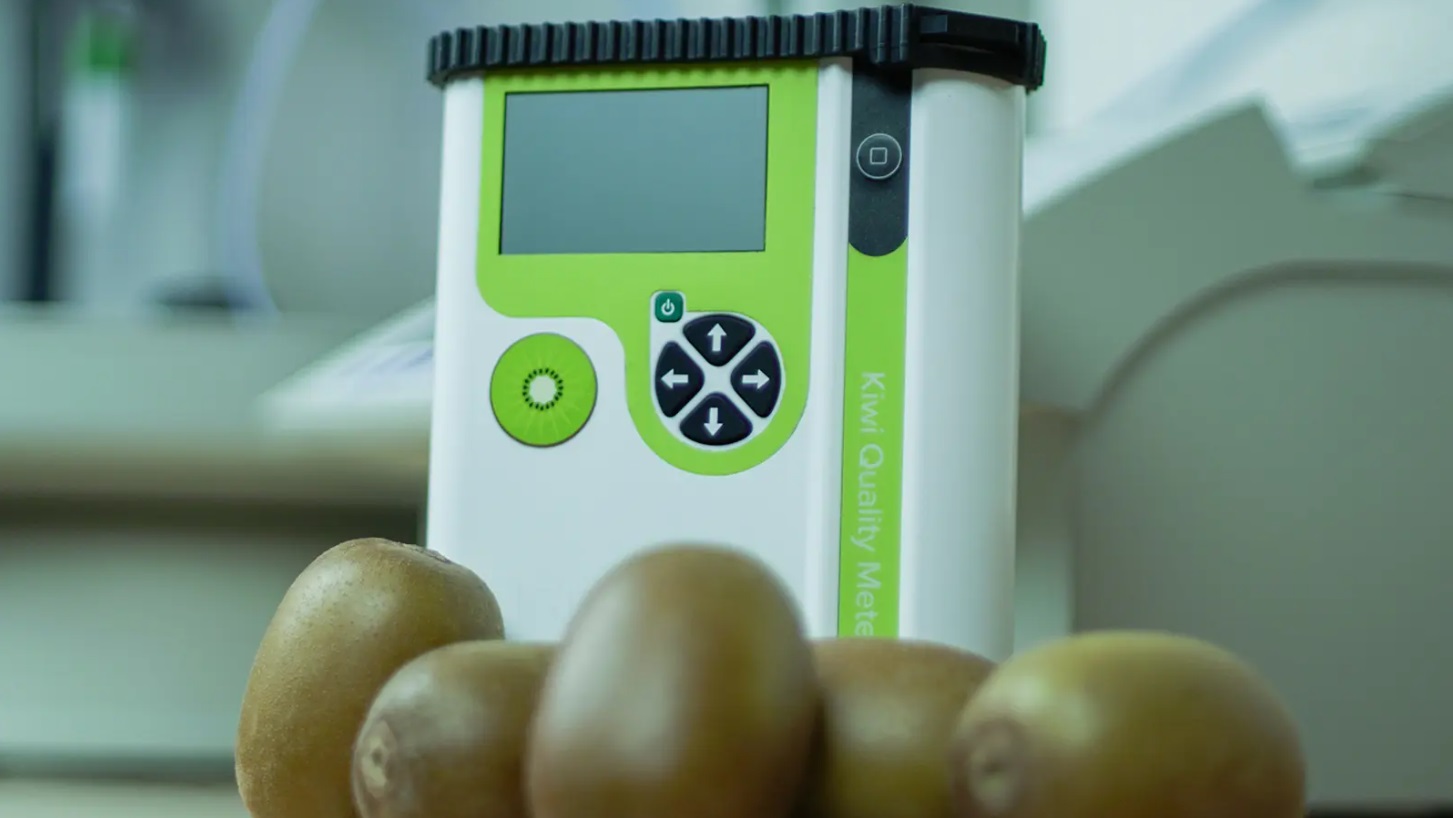
 Applications.png)
